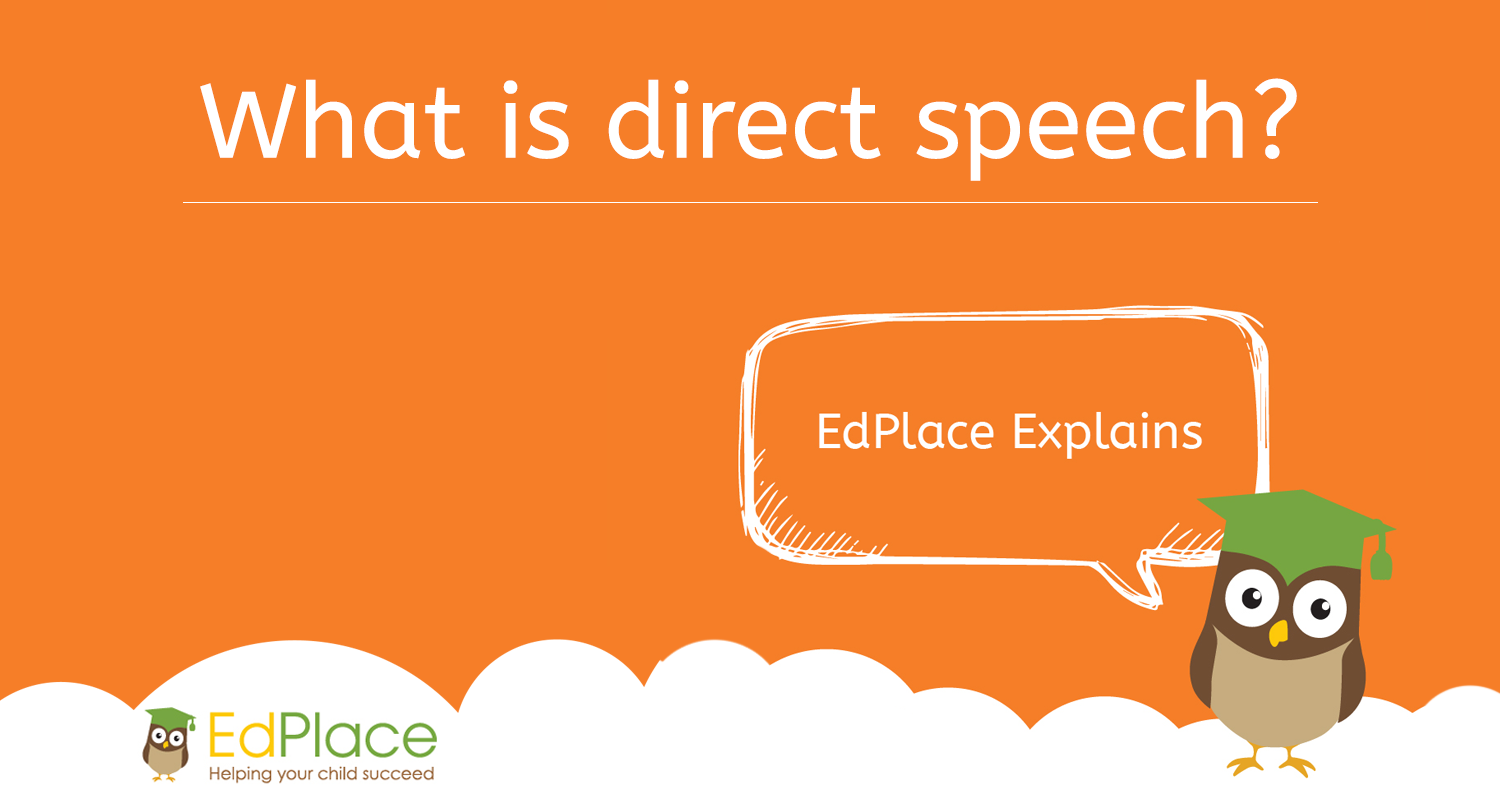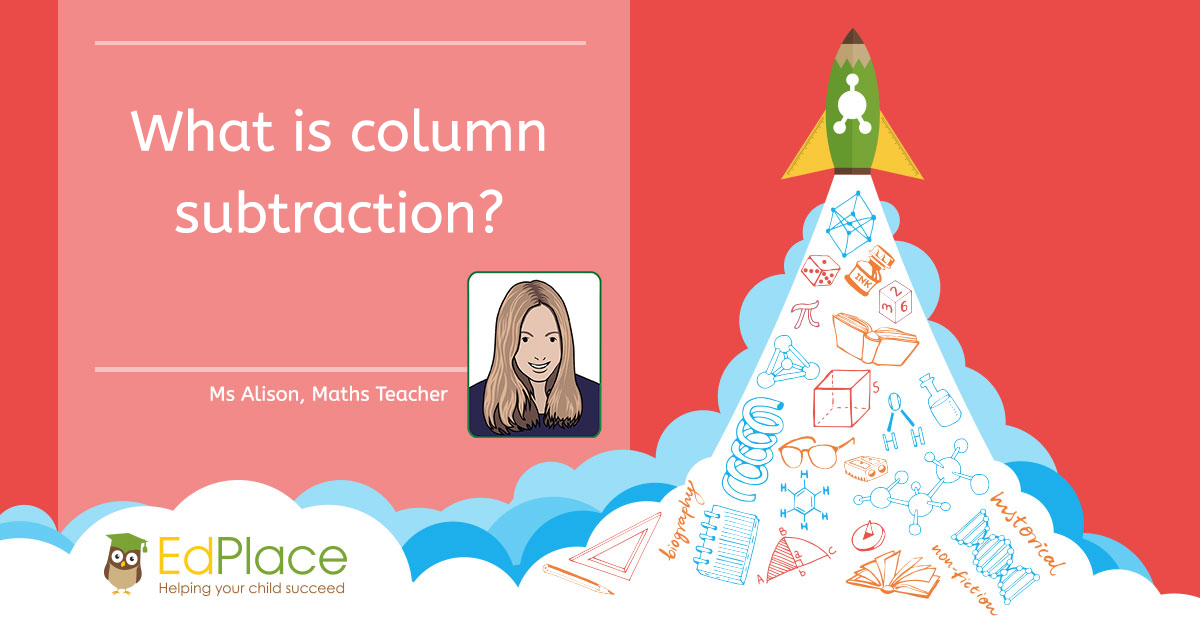What is direct speech?
Direct speech is writing down or reporting the actual words that were said by a speaker;
“I’m looking forward to playing football on Saturday,” Max said.
What is indirect speech?
Indirect speech, sometimes known as reported speech, is when something that has been said is reported.
Max said he was looking forward to playing in the match on Saturday.
All you needed? Let's practice!
Direct and indirect speech explained
Children often get confused between direct and indirect speech. When we are writing, we need a way to differentiate between what someone is being reported to have said and what they actually said. If you were asked; what did she say? You could answer it in one of two ways;
“I don’t like strawberry ice-cream” Evie said. (Direct speech)
Evie says she doesn’t like strawberry ice-cream. (Reported speech)
Notice that the direct speech uses speech marks (“…”) to show exactly what was said. Speech marks are positioned at the start and end of the actual words that were said. The part where it reads ‘Evie said’ are not in speech marks because this part was not said out loud, this is just a way of the writer communicating who was speaking to the reader.
Reported speech is always written in the past tense. This is because the words have already been spoken and the reporter is simply reporting what has already been said. It is important to consider what was said and convert it to past tense.
Speech marks
Children (and adults) often get confused about where to put speech marks with direct speech. Here is a quick summary of the rules;
- Put speech marks around the actual words that are being said.
- Start each new piece of speech with a capital letter.
- Punctuate the speech before closing it.
- New speaker, new line.
“I love learning about speech marks,” said Florence excitedly.
“Really?” said Florence’s Mum. “That’s great!”
Direct and indirect speech examples.
Here are a few examples of how the same thing can be expressed using either direct or indirect speech.
| Direct Speech | Indirect Speech |
| Simple Present
“I don’t like carrots”, she explained. |
Simple Past
She explained that she didn’t like carrots. |
| Present Continuous
“I’m waiting for the bus”, he said. |
Past Continuous
He said he was waiting for the bus. |
| Present Perfect
“I have found a £10 note”, she said |
Past Perfect
She said she had found a £10 note. |
| Present Perfect Continuous
He said, “I’ve been standing here for ages”. |
Past Perfect Continuous
He said that he had been waiting there for ages. |
| Simple Past
“I took it to school with me”, she said. |
Past Perfect
She said she had taken it to school. |
| Future
He said, “I will bring in my homework on Friday”. |
Conditional
He said he would bring in his homework on Friday. |
| Future Continuous
“I shall be celebrating my birthday on the 9th of September”, she said. |
Conditional Continuous
She said she’d be celebrating her birthday on the 9th of September. |
| Conditional
“I’d love to have a go”, he said. |
Conditional
He said that he’d love to have a go. |
Worksheets and Practice
We have many worksheets to help you get to grips with direct and indirect speech. Here are Ms. Alison's favourite selections:
Year 3 – Punctuate direct speech.
Year 3 – Use speech marks accurately 1 and 2.
Year 4 – Use punctuation in speech.
Year 5 – Direct and reported speech: know the differences
Year 7 – Speech marks: how to use them.
Year 7 – Speech marks: when to use them.
Year 10 – Revise common figures of speech.
Year 10 – Common figures of speech.
Year 11 – Writing a speech: Inspiring younger pupils.
Further learning resources
The BBC has a hilarious video related to direct and indirect speech:
https://www.bbc.co.uk/education/clips/zvftsbk










